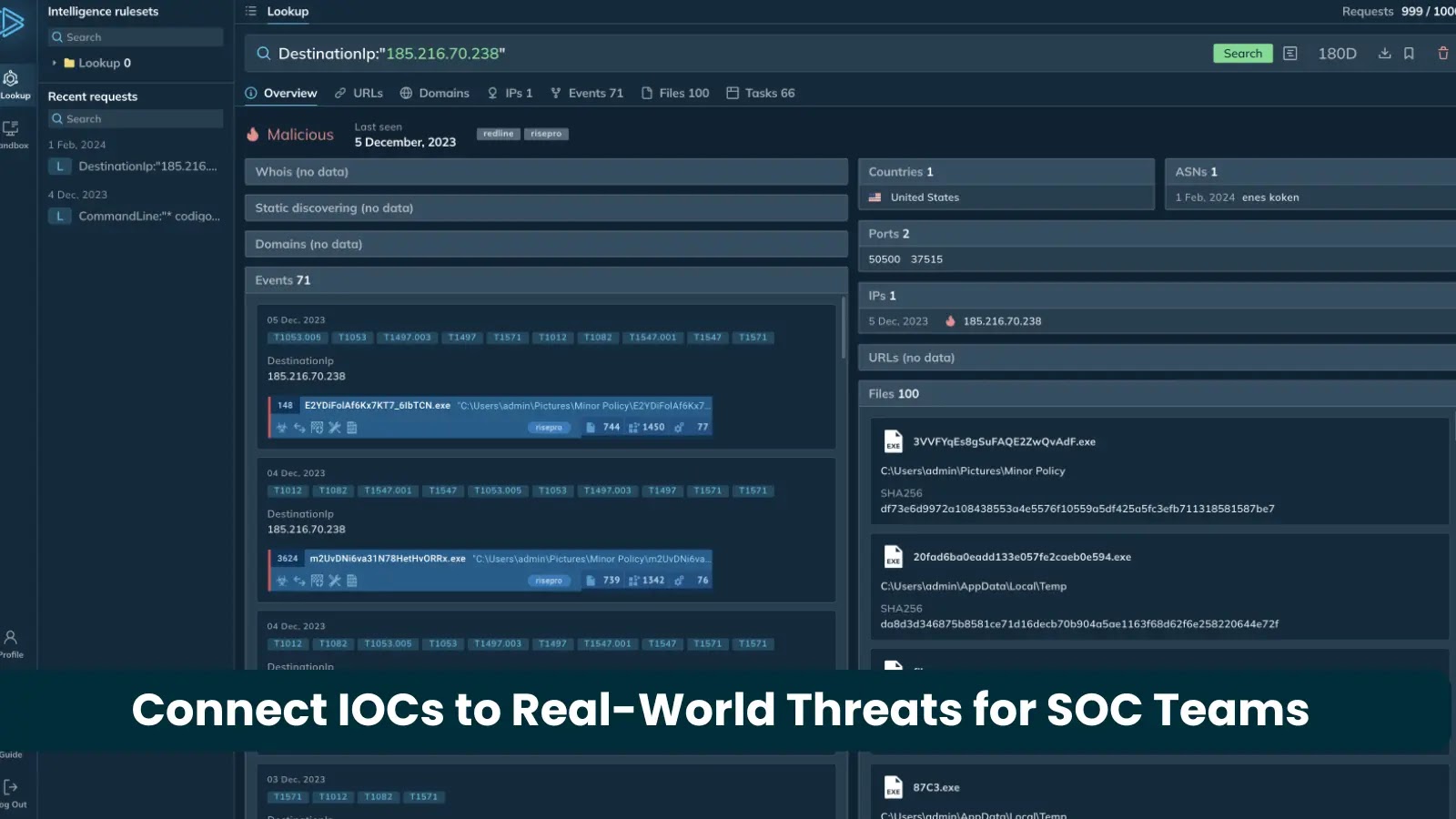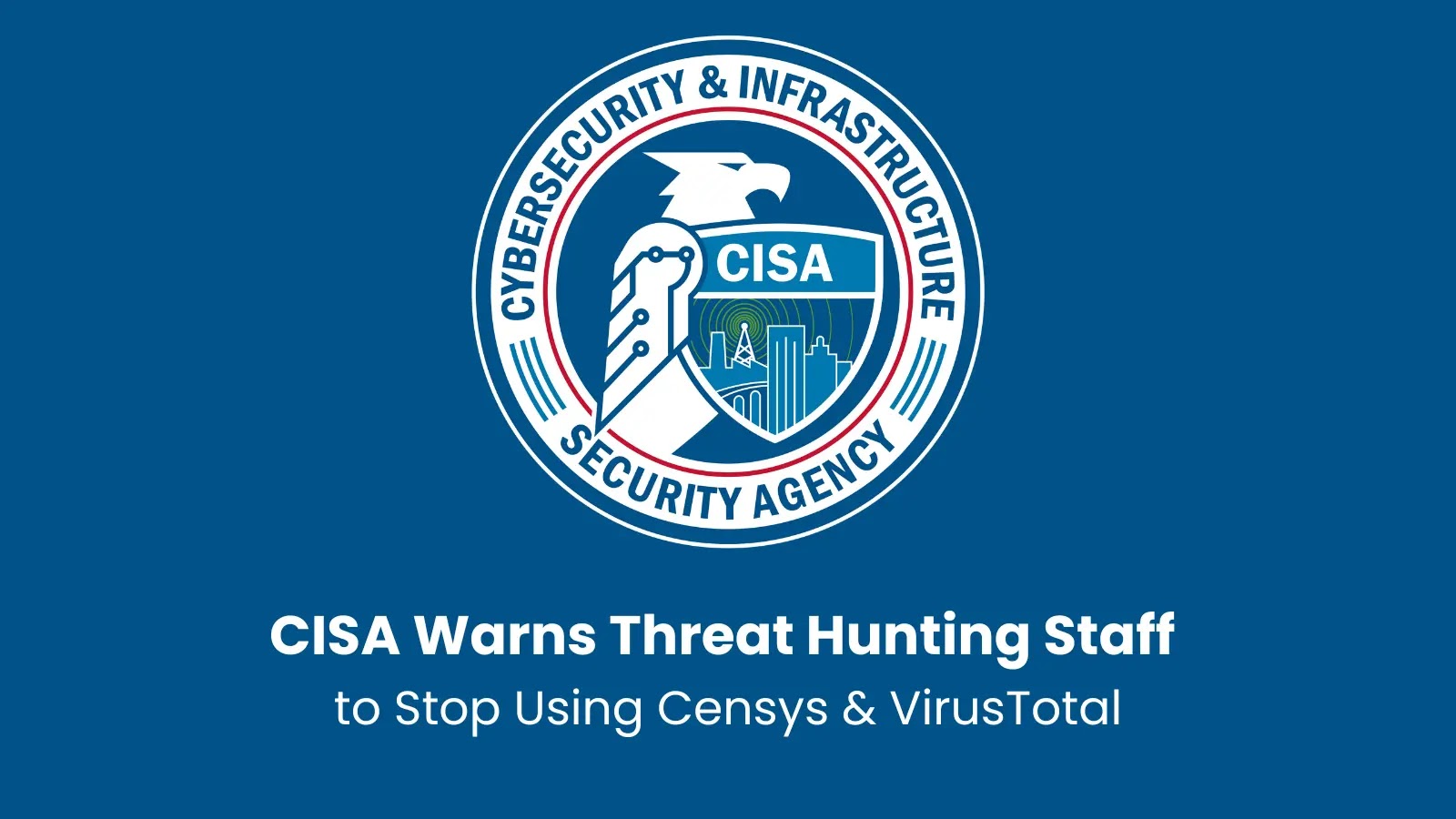Article Title: Google Sues Chinese Hackers Behind $1 Billion Lighthouse Phishing Scheme
In a decisive move against cybercrime, Google has initiated a civil lawsuit in the U.S. District Court for the Southern District of New York targeting a group of China-based hackers responsible for operating Lighthouse, a sophisticated Phishing-as-a-Service (PhaaS) platform. This platform has reportedly ensnared over one million users across 120 countries, leading to illicit gains exceeding $1 billion over the past three years.
The Mechanics of the Lighthouse Operation
Lighthouse specializes in large-scale SMS phishing attacks, commonly referred to as smishing. By impersonating reputable brands such as E-ZPass and the United States Postal Service (USPS), the platform sends deceptive messages to individuals. These messages often contain urgent prompts related to fictitious toll fees or package deliveries, enticing recipients to click on malicious links. Once engaged, victims are directed to counterfeit websites designed to harvest sensitive financial information.
Halimah DeLaine Prado, Google’s General Counsel, highlighted the misuse of the company’s brand in these fraudulent activities. They exploit the reputations of Google and other brands by illegally displaying our trademarks and services on fraudulent websites, she stated. Google’s investigation uncovered at least 107 website templates that mimic Google’s branding on sign-in screens, aiming to deceive users into believing they are interacting with legitimate sites.
Legal Grounds and Broader Implications
Google’s lawsuit seeks to dismantle the infrastructure supporting Lighthouse by invoking several legal statutes, including the Racketeer Influenced and Corrupt Organizations (RICO) Act, the Lanham Act, and the Computer Fraud and Abuse Act. This legal action underscores the company’s commitment to protecting its users and brand integrity from malicious cyber activities.
Lighthouse is not an isolated entity but part of a broader, interconnected cybercrime ecosystem operating out of China. This network includes other PhaaS platforms like Darcula and Lucid, all of which are known to disseminate thousands of smishing messages via services such as Apple iMessage and Google Messages’ RCS capabilities. These coordinated efforts aim to steal sensitive data from users in the U.S. and beyond.
A report by Netcraft in September revealed that Lighthouse and Lucid have been linked to over 17,500 phishing domains targeting 316 brands across 74 countries. The phishing templates associated with Lighthouse are available for licensing, with prices ranging from $88 for a week to $1,588 for an annual subscription.
Swiss cybersecurity firm PRODAFT noted the collaborative nature of these platforms. While Lighthouse operates independently of the XinXin group, its alignment with Lucid in terms of infrastructure and targeting patterns highlights the broader trend of collaboration and innovation within the PhaaS ecosystem, the company stated in an April report.
The Scale of the Threat
The impact of these smishing syndicates is staggering. Estimates suggest that between July 2023 and October 2024, Chinese smishing groups may have compromised between 12.7 million and 115 million payment cards in the U.S. alone. These cybercriminals have continually evolved their tactics, developing new tools like Ghost Tap to integrate stolen card details into digital wallets on both iPhones and Android devices.
Palo Alto Networks’ Unit 42 reported that, as of January 1, 2024, the threat actors behind the Smishing Triad have utilized over 194,000 malicious domains. These domains impersonate a wide array of services, including banks, cryptocurrency exchanges, mail and delivery services, police forces, state-owned enterprises, and electronic toll systems, among others.
A Pattern of Persistent Cyber Threats
This lawsuit is part of a broader pattern of cyber threats originating from China. In July 2025, Google pursued legal action against 25 Chinese entities for operating the BADBOX 2.0 botnet, which compromised over 10 million Android devices. The botnet was used to conduct large-scale ad fraud and other digital crimes.
Additionally, in January 2023, Google dismantled over 50,000 instances of activity orchestrated by a pro-Chinese influence operation known as DRAGONBRIDGE. This network disseminated narratives critical of the U.S. and favorable to China across multiple platforms, including YouTube, Blogger, Facebook, and Twitter.
The Road Ahead
Google’s legal action against the operators of Lighthouse represents a significant step in combating large-scale phishing operations. By targeting the infrastructure and financial mechanisms that support these cybercriminal activities, the company aims to disrupt the operations of these malicious actors and protect users worldwide.
As cyber threats continue to evolve, it is imperative for individuals and organizations to remain vigilant. Users are advised to exercise caution when receiving unsolicited messages, especially those requesting sensitive information or prompting urgent actions. Verifying the authenticity of such communications through official channels can help mitigate the risk of falling victim to phishing schemes.
In conclusion, Google’s proactive measures against the Lighthouse phishing platform underscore the ongoing battle against cybercrime. Through legal action and continuous monitoring, the company strives to safeguard its users and maintain the integrity of its services in the face of increasingly sophisticated cyber threats.



